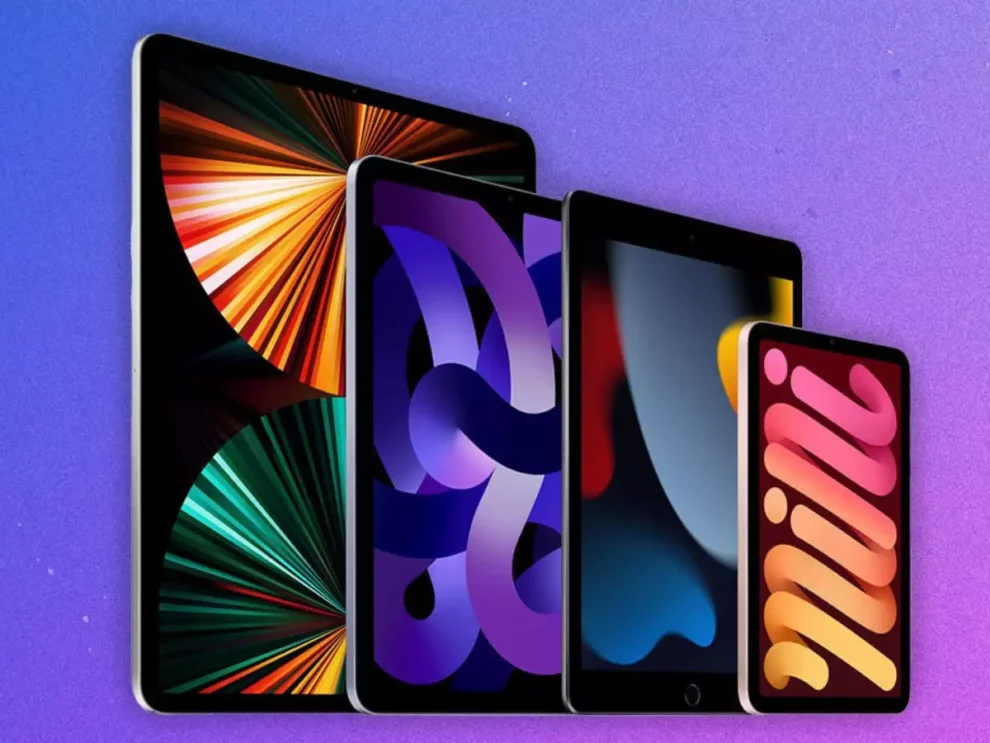Apple recently launched a new advertising campaign for its iPad line, focusing on the creative capabilities of its devices, particularly when used in conjunction with AI tools. However, the “Crush” advertisement, which features artwork generated by artificial intelligence, has stirred a significant controversy among professional artists and the general public.
The Spark of Controversy
The uproar centers around the use of AI-generated images in the iPad’s “Crush” ad, which some artists argue diminishes the value of human creativity and could potentially set a precedent for replacing human artists in commercial projects. This debate taps into broader concerns about the ethical use of AI in creative industries, where the line between technology as a tool and a replacement is becoming increasingly blurred.
Artists’ Response
Several professional artists and creatives have voiced their disapproval of Apple’s approach, expressing concerns over the implications of AI art for the future of artistic careers. They argue that while AI can assist in the creative process, it should not replace the unique perspectives and emotional depth that human artists bring to their work.
Apple’s Stance
In response to the backlash, Apple has defended its advertisement, stating that the AI-generated art was intended to showcase the iPad’s powerful capabilities in handling advanced AI applications. Apple emphasized that the ad was designed to inspire users about the potential uses of AI technology alongside human creativity, not to replace it.
The controversy highlights a growing debate in the tech and creative industries about the role of AI. As AI technology continues to evolve, companies like Apple are navigating the delicate balance between innovation and the ethical implications of their technologies. The “Crush” ad controversy serves as a case study for other companies on the potential backlash to AI’s encroachment into creative territories.
The ongoing discussions around the iPad “Crush” ad underscore the need for a thoughtful approach to integrating AI into creative fields. As we move forward, it will be crucial for tech companies and creative communities to collaborate in shaping the future role of AI in art and creativity, ensuring that technology augments rather than replaces human talent.

























Add Comment